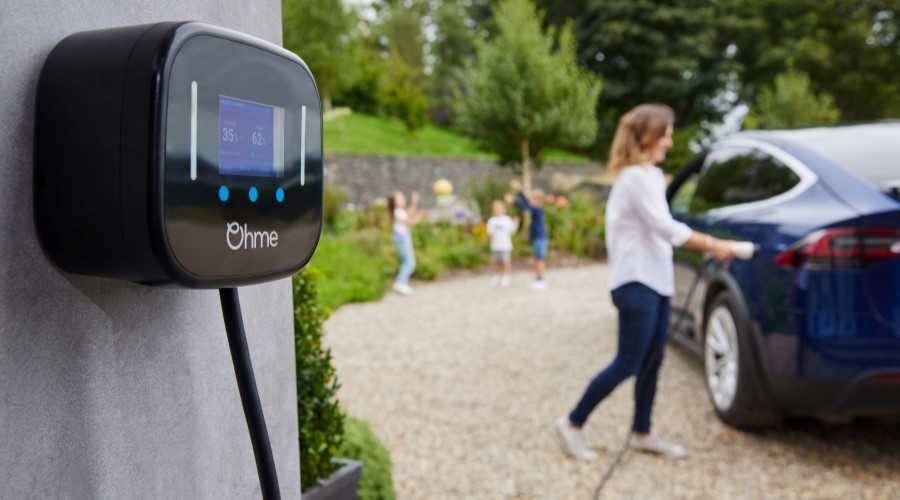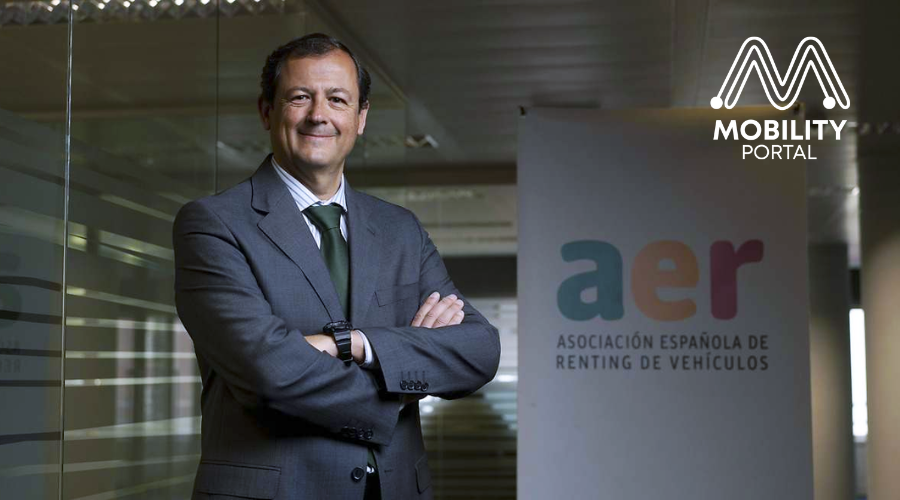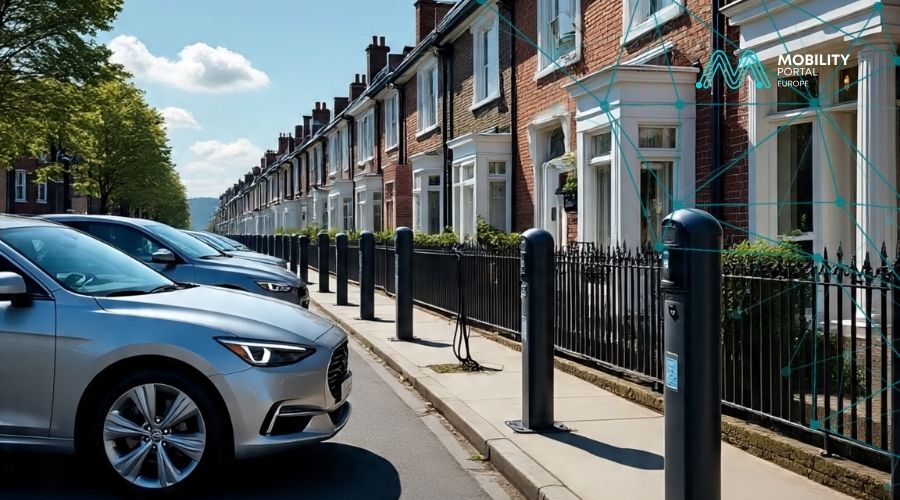At the international Power2Drive (P2D) exhibition, held in Munich from 7 to 9 May, one topic stood out among the rest: bidirectional charging.

According to industry experts, this technology is an essential component for consolidating the future of electromobility in Europe.
The Vehicle-to-Grid (V2G) system not only offers economic benefits for users, but also represents an effective solution to address grid stability challenges.
However, obstacles remain before this technology can reach full-scale deployment.
To explore the current state and potential of V2G, Mobility Portal Europe spoke with Chris Heron, Secretary General of E-Mobility Europe.
Why was bidirectional charging the main focus at this year’s Power2Drive?
Bidirectional charging and V2G are a major opportunity we must seize.
They are fundamental to ensuring that electric vehicles (EVs) become the mainstream choice in the coming years, and to delivering the greatest possible economic benefit to consumers, by unlocking their flexibility potential.
Today, smart charging — and in the near future, V2G — can save hundreds or even thousands of euros per year for European users.
That is key, especially considering that one in three Europeans will only consider an EV once it is cheaper than a combustion engine vehicle.
This also translates into benefits for the energy system…
A revealing figure: by 2030, the total battery capacity of EVs in Europe is expected to equal the energy needs of 30 million households — more than the entire residential stock of Spain.
Even if only 30% of these vehicles provided V2G services, that alone would exceed the residential energy capacity of the Netherlands.
Are there specific targets for large-scale adoption of this technology?
Yes. In Germany, the Government has set a goal to be ready for widespread V2G implementation by 2028.
This requires shared responsibility between vehicle manufacturers, charge point operators (CPOs) and grid operators.
All must work together to unlock the flexibility that bidirectional charging enables.
What is the role of the European Union in this process?
The European Commission is treating this as a cross-cutting priority.
From 2027 onwards, manufacturers of charge points will be required to ensure bidirectional compatibility.
Vehicle type approval requirements are also under review, which is a critical step to integrating EVs within this new energy paradigm.
What progress has been made on standardisation and interoperability?
Germany has led the way by fostering cooperation between stakeholders through a voluntary coalition backed by the previous government.
As a result, the data protocol standards developed there have now reached Brussels, where work continues on energy data and smart bidirectional charging interoperability.
We do not want 27 different systems, one per country. We need a unified European market to accelerate the uptake of smart and bidirectional charging.
EVs are no longer just a mode of transport — they are distributed energy assets.
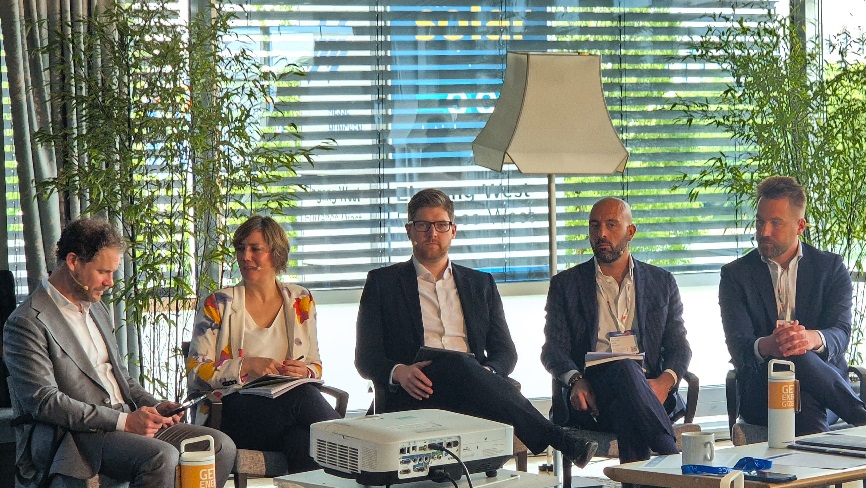
However, there are challenges preventing V2G from becoming a concrete reality…
One of the main barriers is regulatory.
A clear example is double taxation in Germany, where consumers are charged twice for the electricity they feed in and take out. That should not happen.
And what about technical standards?
Interoperability remains a challenge. The responsibility lies with CPOs, vehicle manufacturers and grid operators, who must collaborate closely to make progress.
Part of the solution is in the hands of the private sector, but we also need clear regulation to create the right conditions to scale up the technology.
We know that in the coming years there will be regulatory advances regarding charging and vehicle type approval that will further drive the adoption of V2G.
What projects is E-Mobility Europe currently involved in?
We are participating in two exciting EU-funded bidirectional charging initiatives: Scale and Flow.
Both are large-scale pilot projects designed to test this technology in real-world environments.
One standout example is the project in Utrecht, the Netherlands, where dozens of bidirectional Renault 5 vehicles have been deployed, with the aim of transforming the city into the world’s first bidirectional city.
These hands-on demonstrations are critical to proving how this technology can scale and become commercially viable.
And we at E-Mobility Europe are proud to be part of several of them.
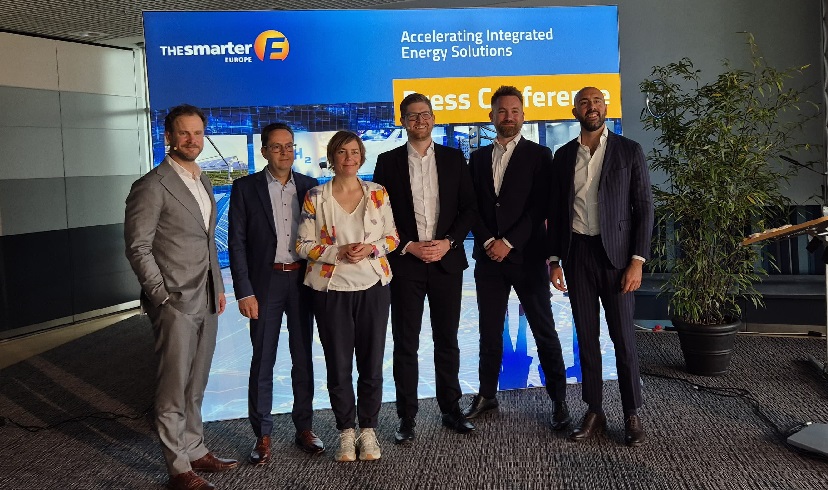
READ MORE
-
Ohme arrives in Argentina to solve the “installation pain” and after-sales issues in home charging
Ohme is opening a subsidiary in the country with a “hardware + installation + app” model. It aims to fill the gap between dealerships and the power grid, work with all brands without exclusivity, and ensure that the charger works from day one.
-
AER confirma más del 70% de electrificación en renting, pero alerta: “España tiene deberes pendientes”
El renting español se electrifica a ritmo récord y rebasa el 70% de cuota, pero el despliegue integral aún choca con burocracia, falta de capacidad eléctrica y asimetrías territoriales. El sector demanda un impulso coordinado.
-
UK allocates £1.5 billion to accelerate electric vehicle transition
The new funding package includes support for affordable electric vehicles, accelerated rollout of public charge points, and a review of public charging costs to ensure long-term accessibility.






